As you know California has been experiencing an epic drought. I’m teaching a class in mushroom identification at Berkeley right now and it’s been super difficult to find good specimens for class. Luckily last weekend I went to visit my friend Roo in Oregon where there are mushrooms galore and I finally have some mushrooms to blog about!
As we approached the trailhead of the old growth Douglas fir forest in the Cascades, I noticed puffball mushrooms in the genus Lycoperdon carpeting the forest floor. I’ve never seen so many in one place! They have a common name wolf’s fart because if you tap on a mature one tons of brown spores puff out. It’s always a fun one to show to mushroom newbies!
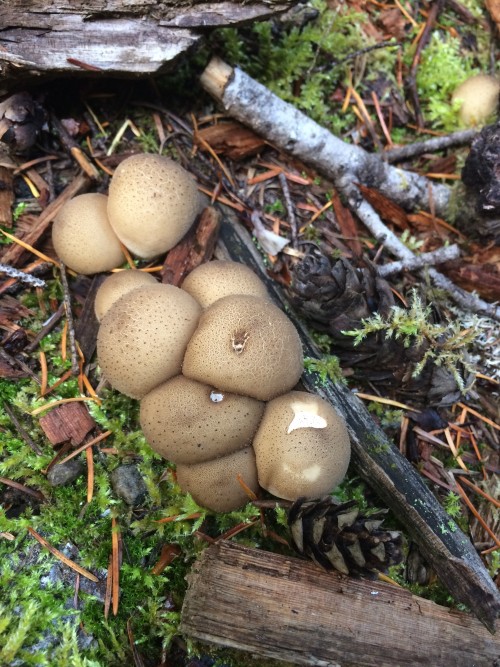
Lycoperdon puff balls AKA wolf’s fart Photo credit: R. Vandegrift
It was so exciting to see mushrooms again I was even excited to see fungal diseases such as the brown cubical butt rott. The mushroom responsible for such a funny named disease is actually quite beautiful, and lots of people like to use it for dye.
In addition to diseases I also saw lots of wood decay mushrooms. Can you believe these cute little mushrooms decay these giant Douglas fir logs?
Fungi also come in many amazing forms and colors. Did you know that mushrooms can also look like corals?
I study ectomycorrhizal fungi, which are mutualistically associated with tree roots. These Suillus lakei are partners with all of the giant Douglas firs in the forest, and they were super abundant!
To add more layers to the story, there are also fungi that parasitize other mushrooms! Gomphidius subroseus is a mycoparasite of Suillus lakei – how crazy is that?
How cool is it that I even found a Gomphidius subroseus mushroom attached to a Suillus lakei?
And check it out, another species of ectomycorrhizal fungus, poking out of the soil.
Check out how massive this mushroom is!
Of course all of these mushrooms were super fun and beautiful, but I know what you are all thinking, where are all of the edible mushrooms?
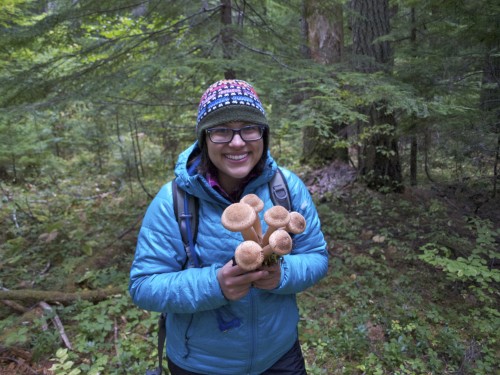
Bouquet of giant Armillaria mellea mushrooms AKA the honey mushroom Photo credit: R. Vandegrift
Unfortunately Armillaria mellea is not supposed to be super tasty, but it does make gorgeous designs on wood with giant black rhizomorphs.
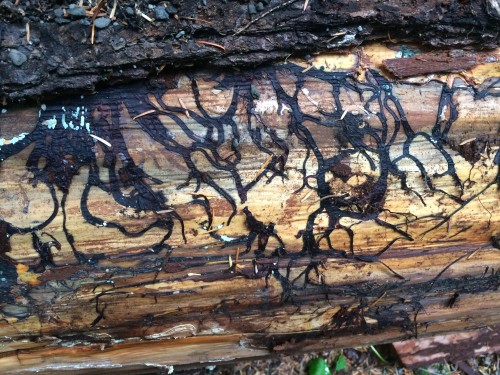
Is that art or is it a fungal pathogen?
Then finally we started finding some more tasty edible mushrooms. Here is a cute edible toothed mushroom commonly known as the lion’s mane called Hericium abietus.
Leccinum manzanitae is another edible ectomycorrhizal fungus. I haven’t tried it yet, but I’ve heard it’s delicious. Next time I find a larger collection of it I will have to try it!
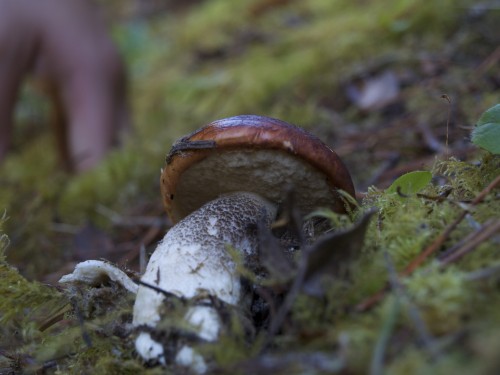
Leccinum manzanitae, and edible ectomycorrhizal fungus Photo credit: R. Vandegrift
The most disappointing fungus by far that we found was the false chanterelle Hygrophoropsis auriantiaca. I kept getting excited seeing beautiful orange caps everywhere only to flip them over and see gills :(
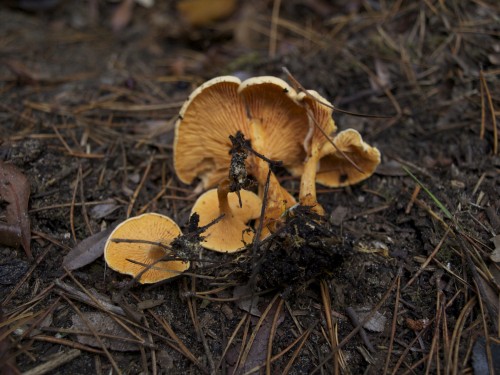
Watch out for these false-chanterelles Hygrophoropsis auriantiaca Photo credit: R. Vandegrift
But finally, our patience was rewarded and we found these gorgeous and giant chanterelles!
Stay tuned to find out what we cooked with the gorgeous Oregon chanterelles!!!
Thanks to the OSU and UO crew for helping me find so many gorgeous mushrooms and showing me around the beautiful Oregon forests :)
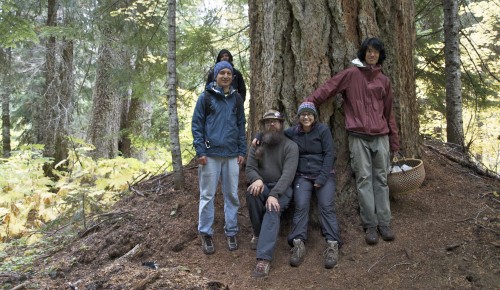
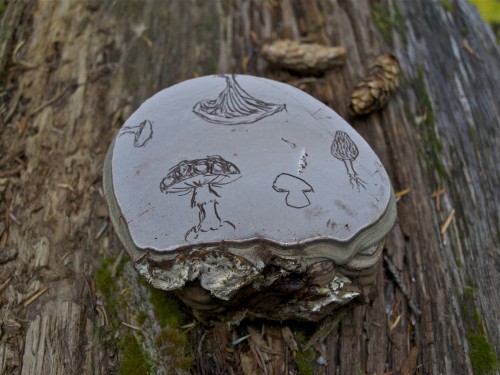
The mushroom hunting team made mushroom art on this Ganoderma applanatum AKA artist’s conk! Photo credit: R. Vandegrift

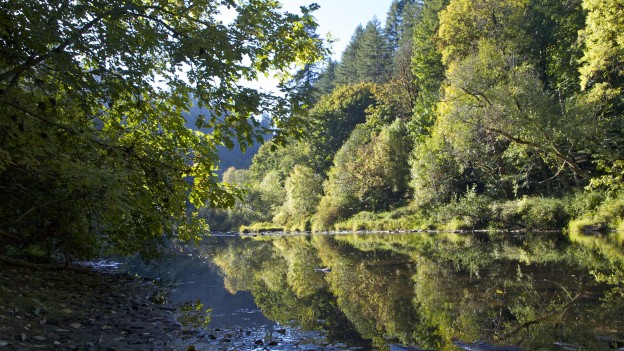
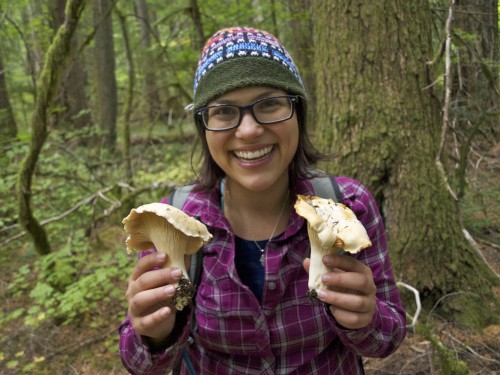
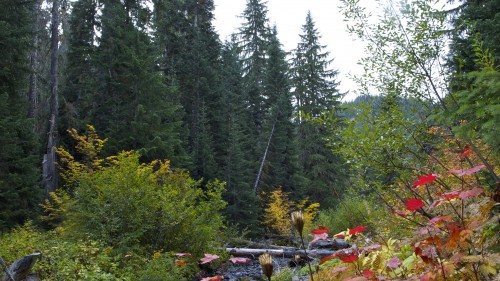
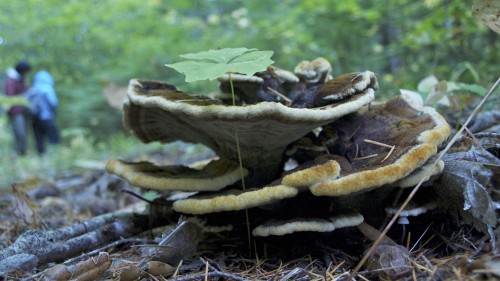
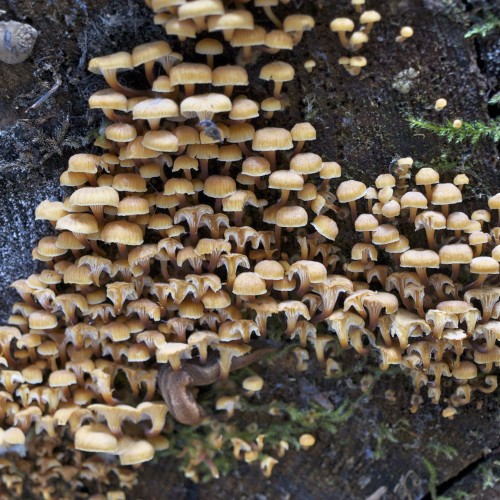
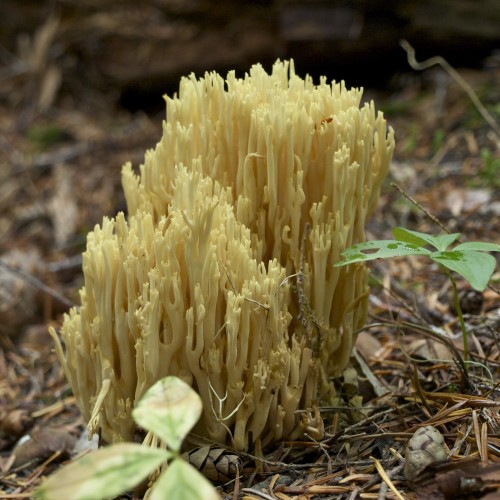
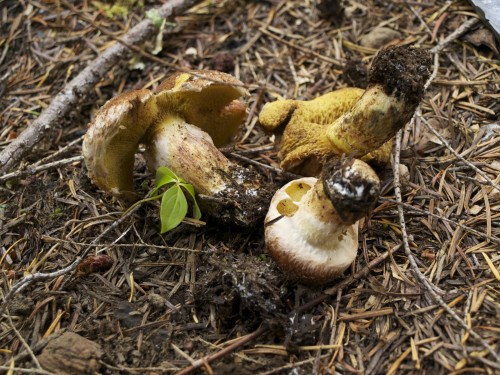
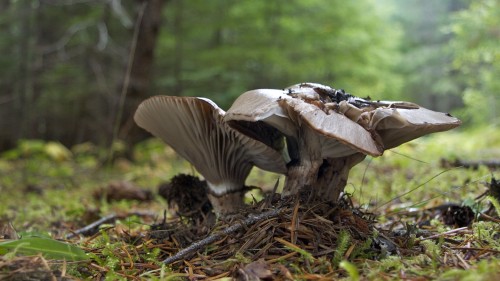
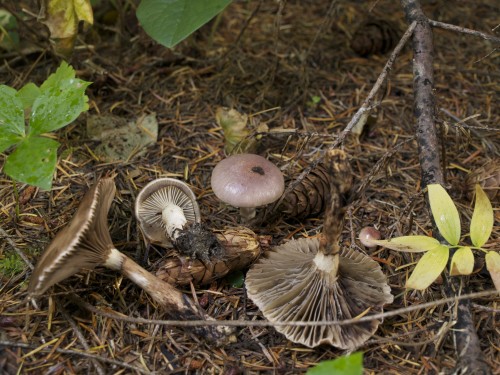
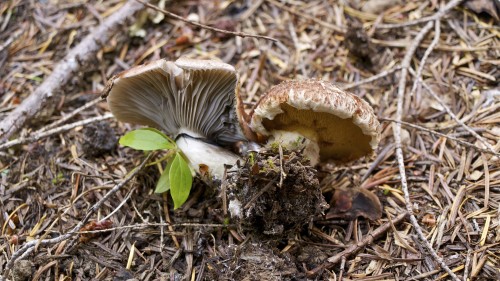
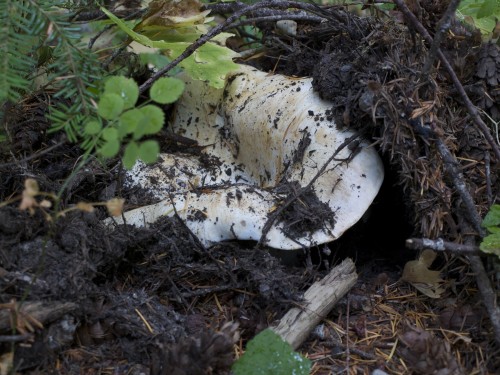
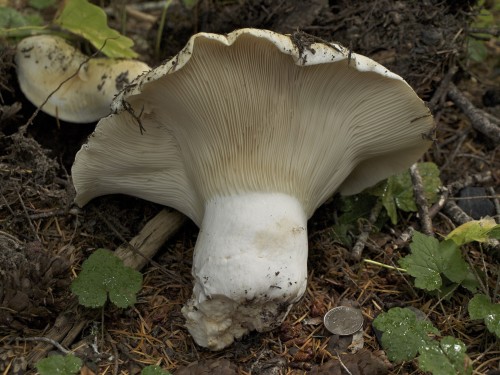
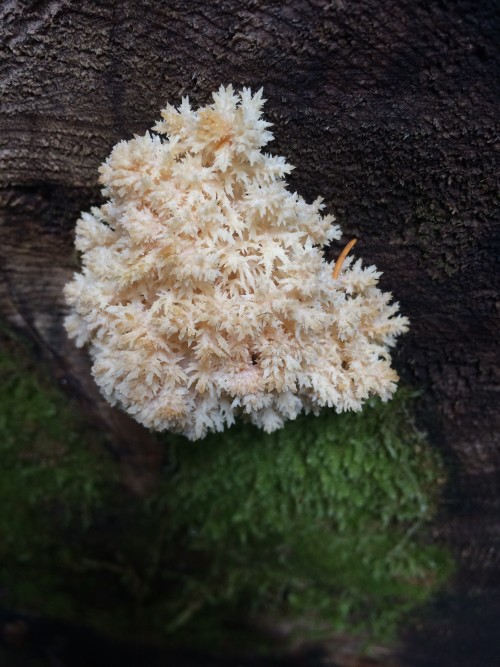
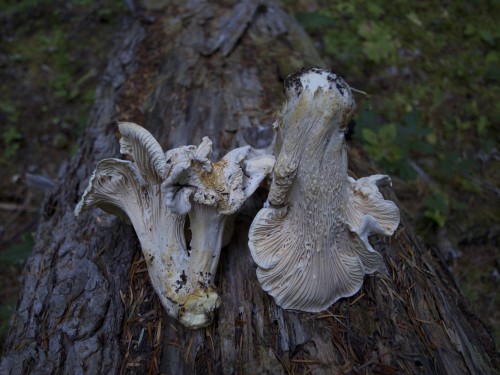
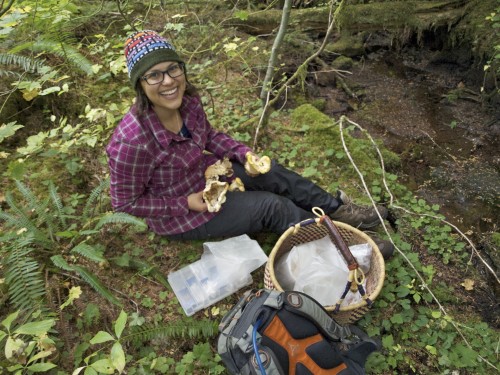
Great pics! I just wanted to point out that your lion’s mane is not a lion’s mane. It looks more like a bear’s head- similar but very different. Both super tasty.
the lion’s mane’s teeth are straight and parallel- like a hedgehog